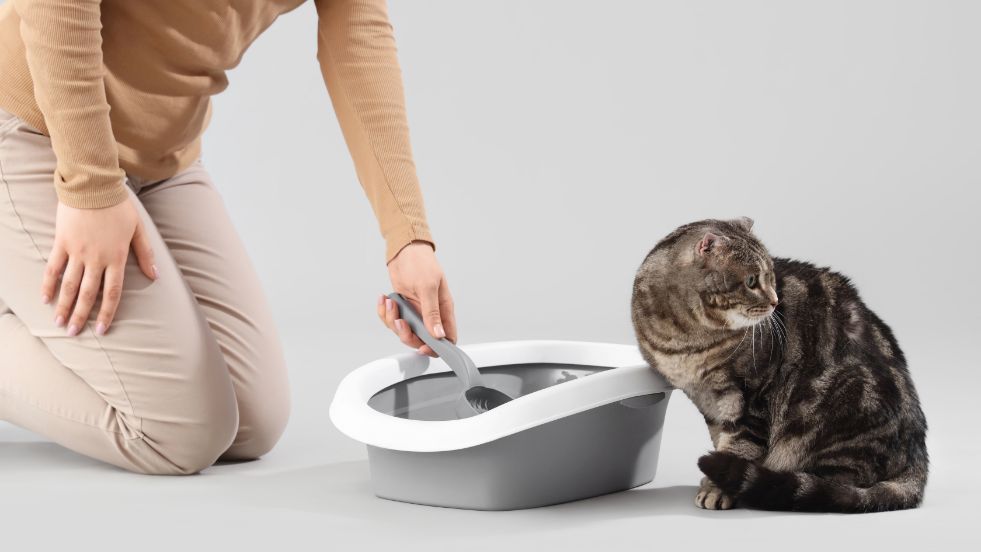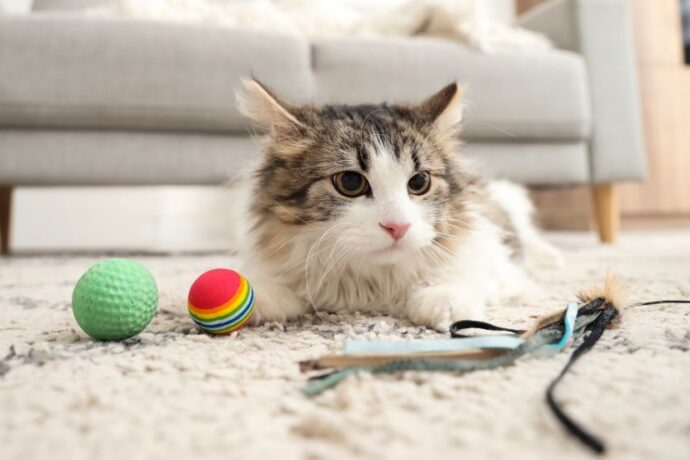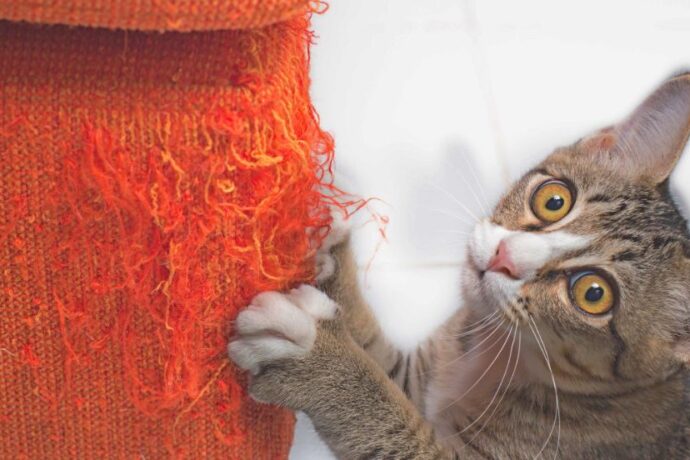Bringing home a kitten is exciting, but it also comes with responsibilities. One of the first tasks new cat owners face is teaching their kitten to use the litter box. The good news? Kittens are naturally inclined to bury their waste, which makes litter training faster and easier than most people think. With the right approach, consistency, and setup, you can often have your kitten fully trained in as little as three days.
The Right Age to Begin Litter Training
Kittens typically learn litter box habits around the same time they’re weaned. Most can begin training at 3–4 weeks of age, though adoption usually happens closer to 8 weeks. By this point, they’re ready to start using a litter box independently. If you adopt an older kitten or even an adult cat, don’t worry—the same techniques still work, though patience may be required.
Research in feline behavior, including studies published in the Journal of Veterinary Behavior, shows that early socialization and routine play a crucial role in how quickly kittens adapt to new habits, including litter use (1)(2).
Essential Supplies for Successful Training
Before you start, make sure you have everything ready. The right setup can make the process much smoother.
- Litter Box: Start with a shallow, easy-to-access box for kittens. As they grow, you can transition to larger boxes.
- Cat Litter: Unscented, clumping litter often works best. Kittens have sensitive noses and may reject strong fragrances.
- Location: Place the litter box in a quiet, low-traffic area that’s still easy for your kitten to find. Avoid corners where they may feel trapped.
- Cleaning Tools: A scoop and mild soap for daily cleaning will help keep the box inviting.
Having at least one litter box per cat—plus one extra—is the rule recommended by feline behaviorists, particularly in multi-cat households.
Step-by-Step: Training Your Kitten in Just 3 Days
Day 1: Introduction and Familiarization
The first day is all about helping your kitten understand what the litter box is and making it feel like a natural place to go.
- Introduce the box right away: As soon as your kitten arrives home, show them where the litter box is placed. Gently set them inside it and let them sniff around.
- Guide after meals and naps: Young kittens usually need to eliminate shortly after eating, waking up, or intense play. Each time, place them in the box.
- Model the behavior: Scratch the litter lightly with your fingers. Kittens instinctively bury their waste, and this action often encourages them to mimic.
- Praise small wins: If your kitten uses the box—even by accident—reward them with gentle praise or a tiny treat. This positive association builds confidence.
- Confine for clarity: Keep your kitten in a smaller, safe space with the box visible to prevent accidents in hidden corners.
By the end of Day 1, many kittens begin to make the connection between the urge to go and the litter box.
Day 2: Reinforcement and Routine
The second day is about consistency and teaching your kitten to seek the box independently.
- Create a schedule: Feed your kitten at regular intervals. Predictable meal times often lead to predictable bathroom times, making training easier.
- Observe body language: If your kitten starts sniffing, scratching at the floor, or crouching, pick them up and place them in the box.
- Keep the box clean: Scoop waste promptly throughout the day. Cats are less likely to use a dirty box, and kittens may be especially picky.
- Reward every success: Continue reinforcing with praise or treats. By this stage, your kitten should begin to recognize that the box is the correct spot.
- Avoid punishment: If accidents occur, never scold or rub your kitten’s nose in the mess. Instead, clean the area thoroughly with an enzymatic cleaner to remove scent markers that could encourage repeat accidents.
By the end of Day 2, most kittens are starting to head to the litter box on their own rather than waiting for guidance.
Day 3: Independence and Consistency
On the third day, the goal is for your kitten to confidently use the litter box without your help.
- Encourage independence: Allow your kitten to roam more freely around the house but make sure the litter box is always accessible.
- Reinforce with praise: Continue rewarding proper use, but you can gradually reduce treats and rely more on praise as habits form.
- Check comfort and accessibility: If your kitten is still hesitant, consider whether the box is too tall, the litter texture is uncomfortable, or the location feels unsafe. Adjust as needed.
- Multiple boxes for bigger spaces: If your home has more than one level, add an extra litter box so your kitten never feels too far from one.
By the end of Day 3, many kittens will consistently use the box without prompting. Some may still have occasional accidents, but with ongoing reinforcement and cleanliness, these usually fade quickly.
Troubleshooting: When Your Kitten Refuses the Box
Not every kitten takes to the litter box immediately, and that’s okay. Common issues include:
- Box Too Dirty: Cats are naturally clean and may avoid a soiled box.
- Wrong Litter Type: Some kittens dislike certain textures or scents. Switching brands can help.
- Poor Location: A noisy or high-traffic area may discourage use. Relocate the box to a quieter spot.
- Medical Concerns: If your kitten persistently avoids the box, consult your vet to rule out urinary or digestive issues.
Studies in veterinary science highlight that inappropriate elimination is one of the leading reasons cats are surrendered to shelters (3). Addressing issues early is critical for long-term success and your cat’s well-being.
FAQs About Litter Training Kittens
1. How long does it usually take to litter train a kitten?
A. Most kittens learn within a few days to a week, though some may take longer depending on age, environment, and personality.
2. Should I use training sprays or attractants?
A. Commercial litter attractants can help if your kitten seems hesitant, but most kittens don’t need them if the setup is correct.
3.Can I use regular household sand or soil instead of cat litter?
A. It’s not recommended. While kittens may be tempted, soil can carry bacteria and parasites, and sand doesn’t clump well for cleaning. Stick with cat-safe litters designed for hygiene and odor control.
Final Thoughts:
Litter training your kitten doesn’t have to be stressful. With the right supplies, a little patience, and a structured approach, most kittens catch on quickly—often in as little as three days. Remember, never punish accidents, as this can create fear or anxiety. Instead, focus on positive reinforcement, cleanliness, and routine.
By investing time in training early on, you’re setting your kitten up for a lifetime of good habits and a cleaner, happier home.
References:
1. Temperament in Domestic Cats
2. Understanding kitten fostering and socialisation practices using mixed methods
3. Investigating the Reasons behind Companion Animal Relinquishment











